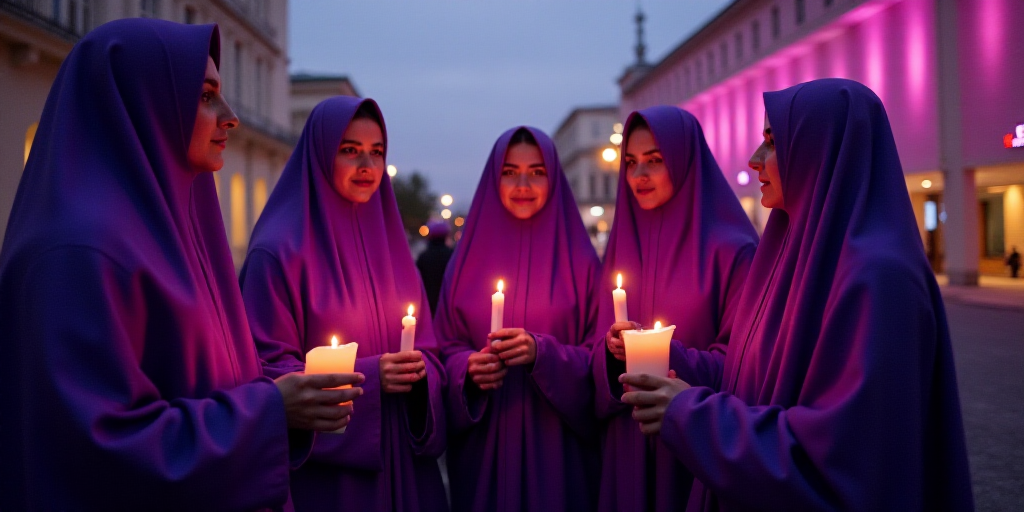An Unparalleled Cultural Experience in Michoacán
Semana Santa in Michoacán transcends a liturgical period, reflecting cultural, spiritual, gastronomic, and artistic expressions preserved by generations. In 2025, this western Mexican state invites visitors to immerse in a unique experience where each region becomes a stage for faith and communion with the deepest roots of the Mexican people.
With over 900 activities planned across the seven tourist regions, this season is ideal for exploring a tapestry of living traditions, solemn celebrations, and popular expressions that move and enrich the soul.
Tzintzuntzan: A Sacred Place for Indigenous and Christian Cultures
Once the capital of the Purépecha Empire, Tzintzuntzan is a sacred place for both indigenous cultures and Christianity. Its mystique, the archaeological zone of Las Yácatas, the Franciscan Ex Convent, and centuries-old Olive trees make this Magical Town a special place to experience Semana Santa.
- Penitents with shackles depart from the Atrio de Los Olivos. Viacrucis in Atrio de Los Olivos.
- Procession with the image of “Señor del Santo Entierro”.
Uruapan: The “Perla del Cupatitzio” and Arts & Crafts Festival
Known as the “Pearl of the Cupatitzio,” Uruapan hosts the largest artisanal tianguis in Latin America. Here, artisans from Michoacán gather unique pieces from the state’s 16 craft branches, including textiles, toys, laudería, vegetable fibers, ceramics, feather art, and more. The tianguis runs until April 27.
Tlalpujahua: The Eternal Christmas and Semana Santa Activities
Known as the “Eternal Christmas,” Tlalpujahua stands out for its Semana Santa activities, such as:
- Viacrucis starting at the Hermanos López Rayón Museum.
- Procession of Silence departing from the Santuario de Nuestra Señora del Carmen.
Zamora: A Land of Faith and Imposing Architecture
Zamora, a land of faith and imposing architecture, is home to the Guadalupano Santuary (the tallest cathedral in the country and one of the highest in America). During Semana Santa, expressions of devotion fill its historic center with:
- Last Supper and Washing of Feet in front of the San Juan Temple.
- Men’s Silent Procession starting at the Temple of Dolores.
- Women’s Silent Procession from the 5 de Mayo and Virrey de Almanza streets.
In addition to religious expressions, visitors can enjoy regional typical dishes like uchepos, corundas, guajolote mole, and local sweets. It’s also an opportunity to rest, reconnect with essentials, and discover why Michoacán is considered “The Soul of Mexico.”
Key Questions and Answers
- What is Semana Santa in Michoacán? It’s a cultural celebration that goes beyond religious observances, showcasing the state’s rich traditions, spirituality, gastronomy, and arts.
- Which locations in Michoacán are noteworthy for Semana Santa? Tzintzuntzan, Uruapan, Tlalpujahua, and Zamora each offer unique experiences, from processions and viacrucis to artisanal markets and impressive architecture.
- What activities can visitors expect during Semana Santa in Michoacán? Activities include living traditions, solemn celebrations, popular expressions, artisanal markets, and opportunities to savor regional cuisine.
- Why is Michoacán called “The Soul of Mexico”? This title reflects the state’s deep cultural roots, spiritual significance, and the warmth of its people, making it a vital part of Mexico’s national identity.






